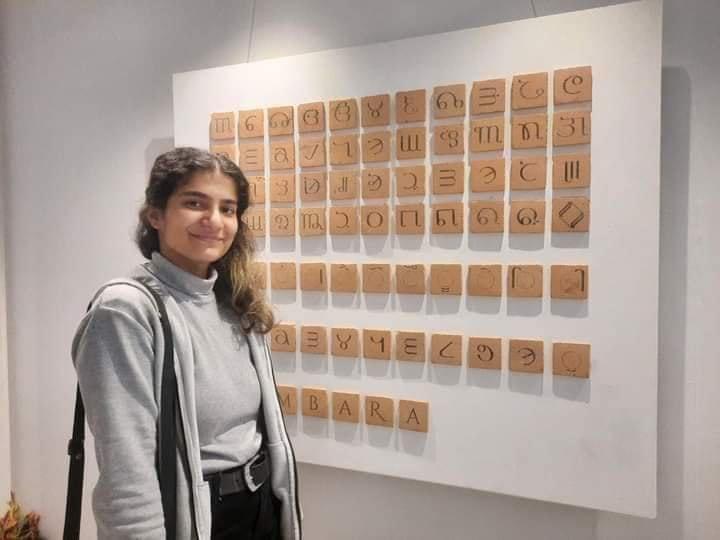
Pointing out misreporting on social media, Maliha clarified that she never has suggested replacing the existing Perso-Arabic script of Sindhi language with Khudawadi script.
Nasir Aijaz
Khudawadi or Khudabadi is a forgotten script used in Sindh in olden days. Khudawadi was associated with the merchant community of Sindh used for maintaining the traders’ accounts. A very few researchers have worked on Khudawadi script. According to a researcher Boivin, Michel, the first mention of Khudawadi is probably to be found in Lieutenant Postans’s book published in 1843. He wrote in his paper that ‘the Sindhi language is written “in a peculiar character, called the Khuda Wadi, and the Hindus keep all their own accounts and correspondence in it” (Postans, 1843:73). After six years in 1849, Captain George Stack published one of the first grammars of Sindhi. He started with a chapter devoted to what he called “the letters”, following a four-page chart presenting seventeen alphabets used for writing the Sindhi language in a script which was the Khudawadi.
According to a website Script Source, the Brahmic script generally known as the Khudawadi script was based on a number of unstandardized Lahnda scripts used by local merchants around Hyderabad. It was standardized and decreed to be an official script for the Sindhi language in 1868 by the Government of Bombay. The script is an Abugida: every consonant letter contains an inherent [ɑ] vowel, which can be modified by writing a vowel diacritic above, below, to the left or to the right of the consonant. Vowels which occur at the start of a word are written using independent vowel letters.
The Khudawadi script is written using sixty-nine letters, including thirty-seven consonants, ten independent vowels, nine vowel diacritics, and a set of digits from 0-9. There are also two non-alphabetic signs; anusvara which is written above a letter to represent nasalization, and nukta which is used for representing sounds non-native to Sindhi. A virama is used for cancelling out the inherent vowel in every consonant letter.
Consonant clusters are written using the virama symbol underneath the first consonant in the cluster. Ligatures and half-letters, commonly used for writing consonant clusters in other South Asian languages, are not used for writing the Khudawadi script.
The Wikipedia says that modern Khudabadi has 37 consonants, 10 vowels, 9 vowel signs written as diacritic marks added to the consonants, 3 miscellaneous signs, one symbol for nasal sounds (anusvara), one symbol for conjuncts (virama) and 10 digits like many other Indic scripts. The nukta has been borrowed from Devnagri for representing additional signs found in Arabic and Persian but not found in Sindhi. It is written from left to right, like Devnagri.
It further states that the Khudabadi script was created by the Sindhi diaspora residing in Khudabad to send written messages to their relatives, who lived in their hometowns. Due to its simplicity, the use of this script spread very quickly and got acceptance in other Sindhi groups for sending written letters and messages. It continued to be in use for very long period of time. Because it was originated from Khudabad, it was called Khudabadi script.
In 2011, Anshuman Pandey, a scholar at Department of History, University of Michigan also published his research paper titled ‘Encoding the Khudawadi Script’, however in Sindh or Pakistan no or very negligible research work has been done on Khudawadi script. Very recently, Miss Maliha Memon, a final year student of National College of Art (NCA) Lahore has completed the research on the subject and displayed her thesis at NCA.
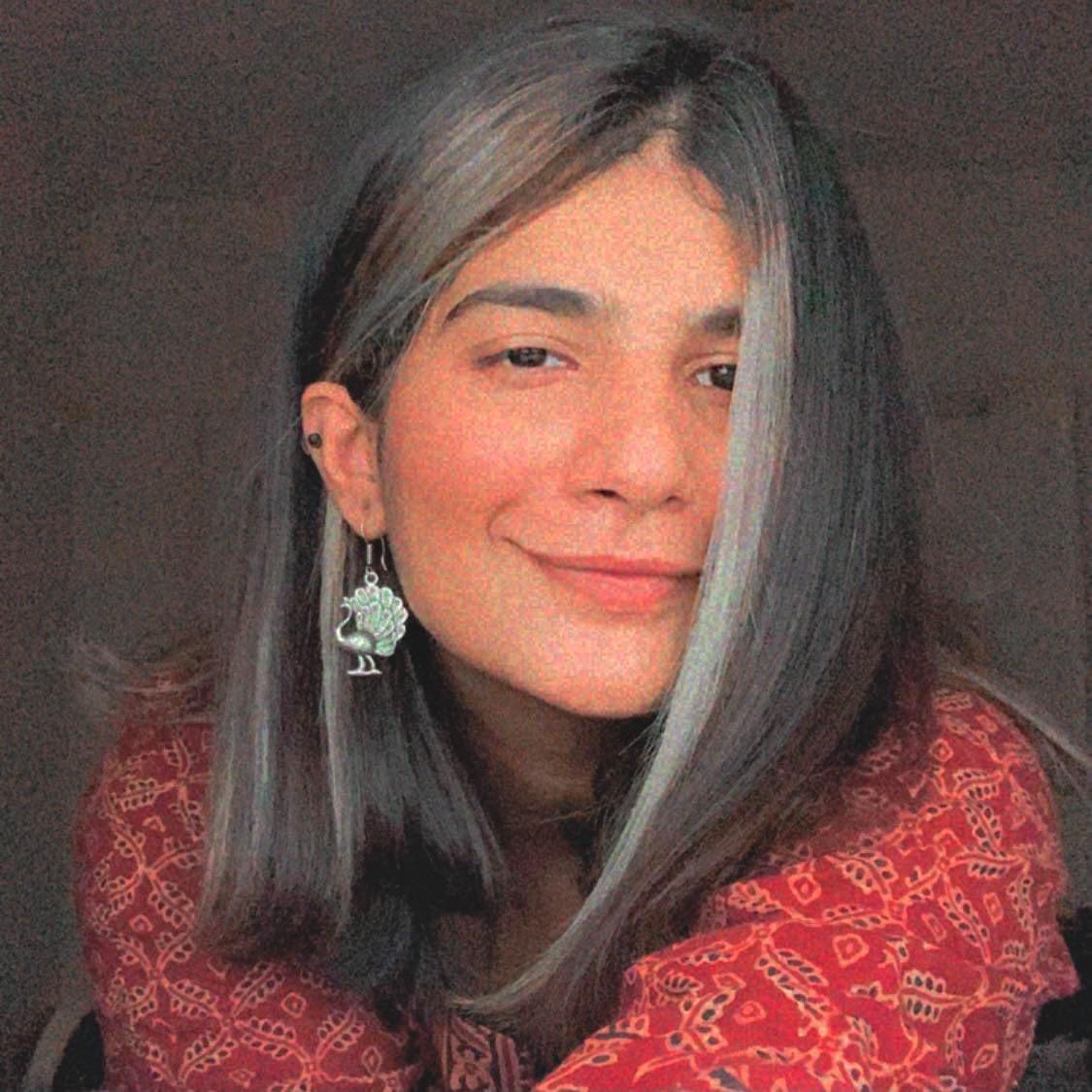
Maliha Memon, hailing from a well-educated family of Kandiaro, district Naushehro Feroze, known as Sahiti Pargana of Sindh, shared with Sindh Courier a lot about her work on phone and through written answers of questions. At the outset, pointing out misreporting on social media, Maliha clarified that she never has suggested replacing the existing Perso-Arabic script of Sindhi language with Khudawadi script.
She grew up in a literary atmosphere of Jamshoro, where her father Mr. Sajid Qayoom Memon is serving as Advisor, Planning & Development at Sindh University while her maternal grandfather renowned writer and former Director of Institute of Sindhology Late Abdul Qadir Junejo was also there. “There used to be literary and academic sittings at our home, which greatly influenced me, and developed my interest in Sindhi language, culture, literature and history.”
It was in this background that Sindh Courier had the following conversation with Maliha Memon.
1- How did you conceive the idea to work on Khudawadi script?
Well, this is not brand new information that Arabic script is not of Sindhi origin, it is the script of the Arabs that came to us in 712 AD when Mohammad bin Qasim conquered Sindh. Sindh’s history has an origin of 7000 years, this made me wonder if the Indus civilization had a script Sindhi must have one too. This led me in finding the Khudawadi manuscript and many others used for Sindhi including Devnagri, Khojki, Ardhanagri and many other derivatives of Sanskrit but Khudawadi in particular was the script of the traders unlike the other scripts, because of which I was more inclined to it. As the Indus valley and Sindh has been a trade center, therefore I was inclined on working on the Khudawadi manuscript.
2- How did you work on your project? Your work plan.
The plan was simple. Khudawadi was not developed enough to have had its way in the modern world, but I feel like it was not worked on. So the main motive was to make it workable. There were a few letters which were missing, the script did not have any Anatomy so my project and work was mainly on making its usability easier, and giving it a shape. Also it was not available on digital platforms. I made the typeface and coded it. It can now be composed on the computer.

3- Did you study the history of Khudawadi script and its use in Sindh in the past before the Perso-Arabic script was introduced here?
Yes absolutely. I had to study. It wouldn’t have been possible without research.
4- What are salient features of your thesis?
As mentioned above, usability and Anatomy of Khudawadi Manuscript.
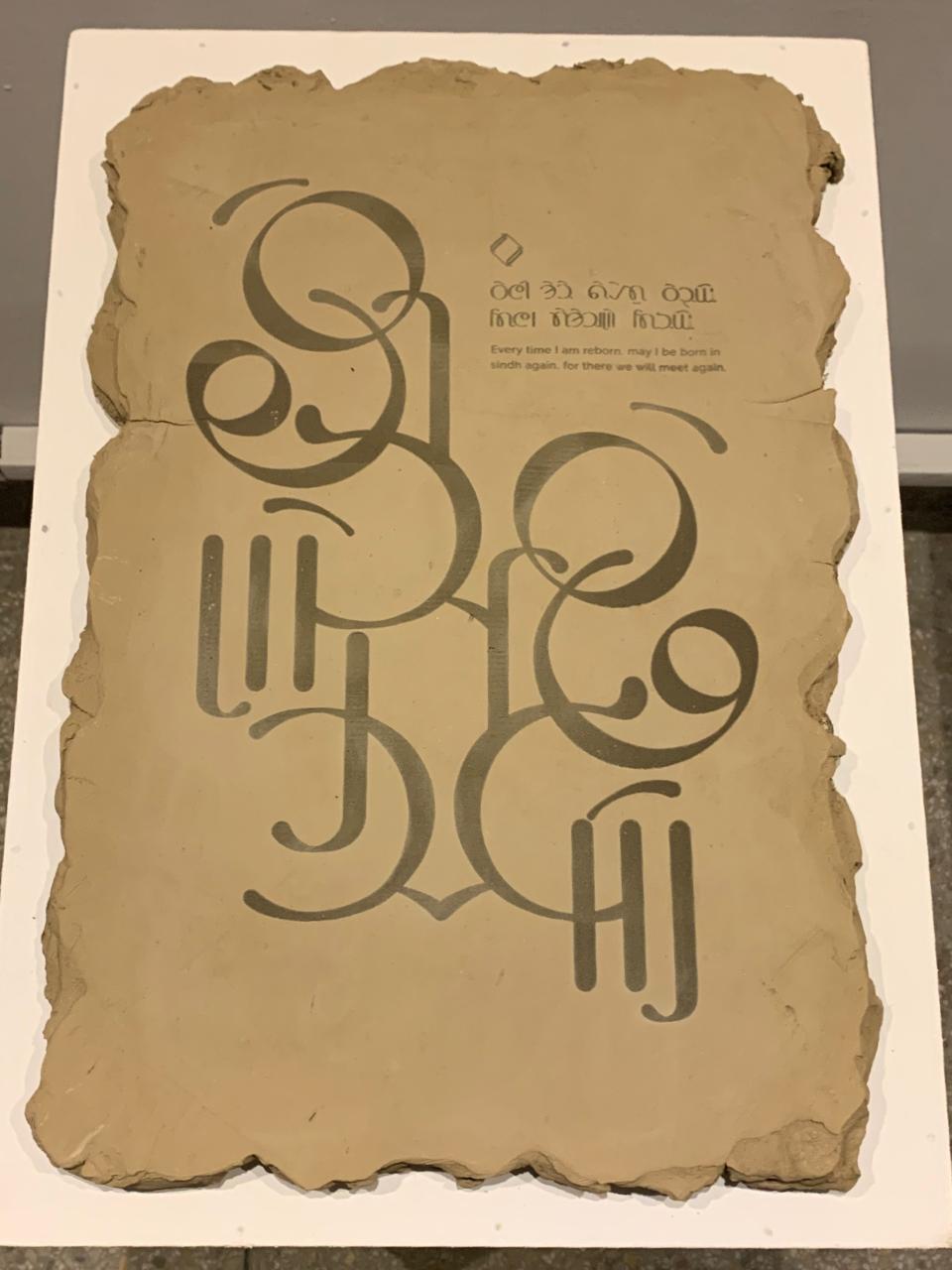
5- What is utility of Khudawadi script when currently it is not in practice?
Well, there is no utility as I don’t imply that we should change the entire manuscript. This information that Sindhi has its own script is rare, therefore I just want to introduce it as the indigenous script for Sindhi Language.

6- Do you think the Khudawadi script would help enrich the Sindhi language?
Well, right now it can be very useful in gathering more information regarding our rich past. There is a possibility that we might know more about our culture and heritage regarding Language.
7. How many characters the Khudawadi script has?
It has 65 characters in whole – 12 vowels, 10 numerals and 43 consonants.
8. How Khudawadi script can be composed/typed on computer, as you mentioned earlier?
As I told I made the typeface and coded it, now one can learn to read and write in Khudawadi script. My publication contains whole guide that will help in this regard.
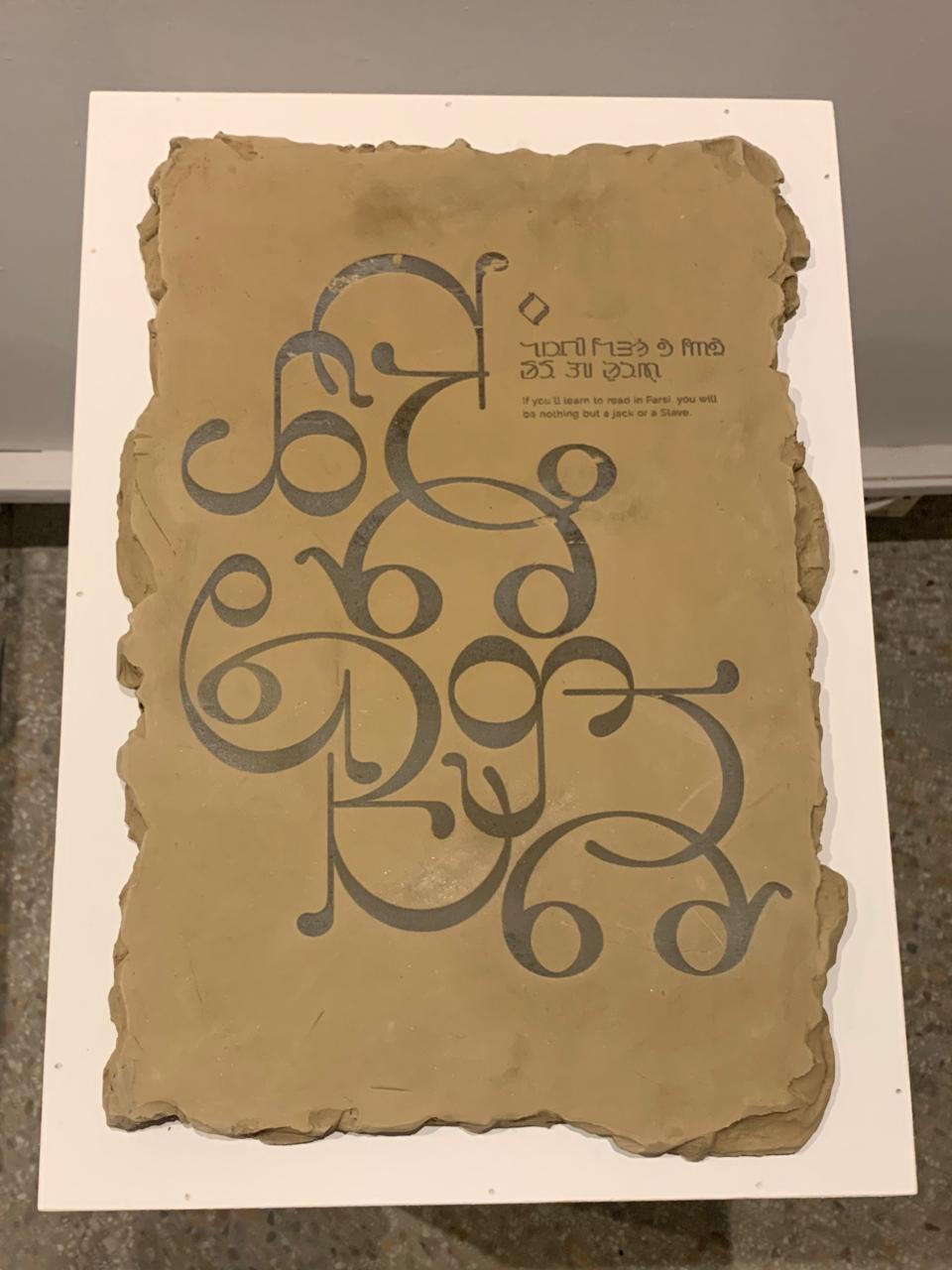
9. Any information if the Khudawadi script is in practice by Sindhis in any part of India.
Yes, a very few people in India still practice this script, but not much.
Here is the summary of thesis.
Sambara – Rebirth of the indigenous script of Sindhi Language
Background:
Sindhi is an Ancient Indo-Aryan Language having its own Origin in Indus Valley Civilization, Known to last from 3300 BCE to 1300 BC. Additionally, the oldest forms of its literature are the Vedas, specifically Rig Veda consist of the tales of Ancient Sindh that gives the hint of a time way before the era of Indus Valley civilization, which makes the origin of Sindhi Culture probably around 7000 Years Old. Although, the true origin of the Sindhi Language can’t be traced exactly because the Indus Script has not yet been deciphered completely. Looking at the geography of the Land of Sindh and the spread of its culture, the Indigenous script in its oldest form is Sanskrit of Rig Vedic Culture and All the Brahmi Derivatives that came from it.
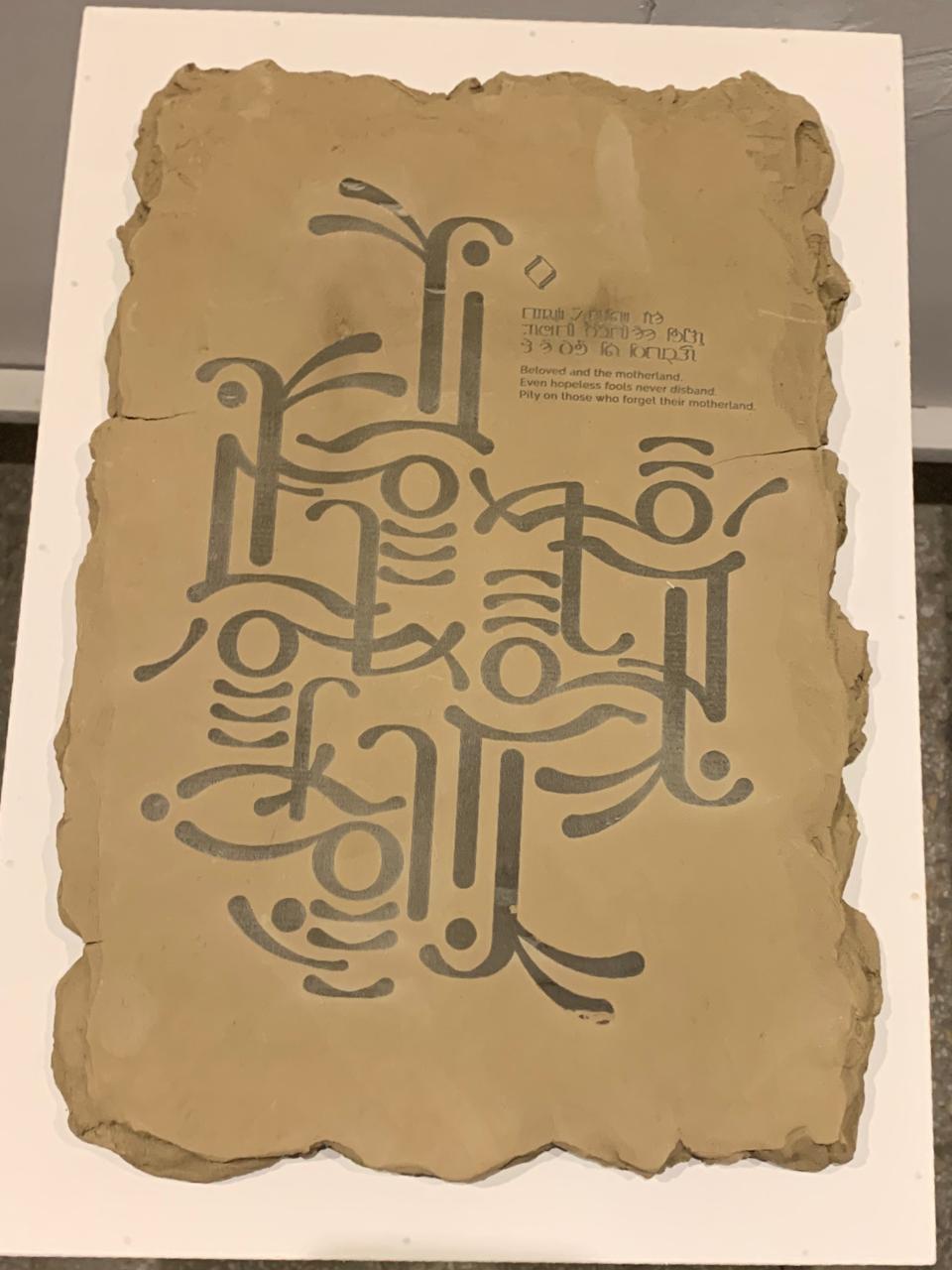
Due to many invasions and the fall of Maharaja Dahar in the Muslim conquest led by Mohammad bin Qasim in 711 AD, Arab culture was imposed which resulted in a massive conversion of the population to Islam, due to which the Quranic teachings were more popular. Therefore the Perso-Arabic Script came into recognition and was practiced by the masses. Since this script does not have the variations of sounds that are native to Sindhi, it lacked structural consistency and the Sindhi Language was reduced to an almost just spoken language in older times known as the Sindhi Prakrit.
The British settled and studied the Sindhi language, developed it, and gave structure to the Perso-Arabic Script. The Commissioner of Sindh Sir Bartle Frere issued formal orders in 1857 advising civil servants to qualify examination in Sindhi (standard Peso-Arabic) script and that Sindhi is the official language of the state. From then onwards Sindhi formed the shape and identity that it has today in the Perso-Arabic Script with 52 Letters.
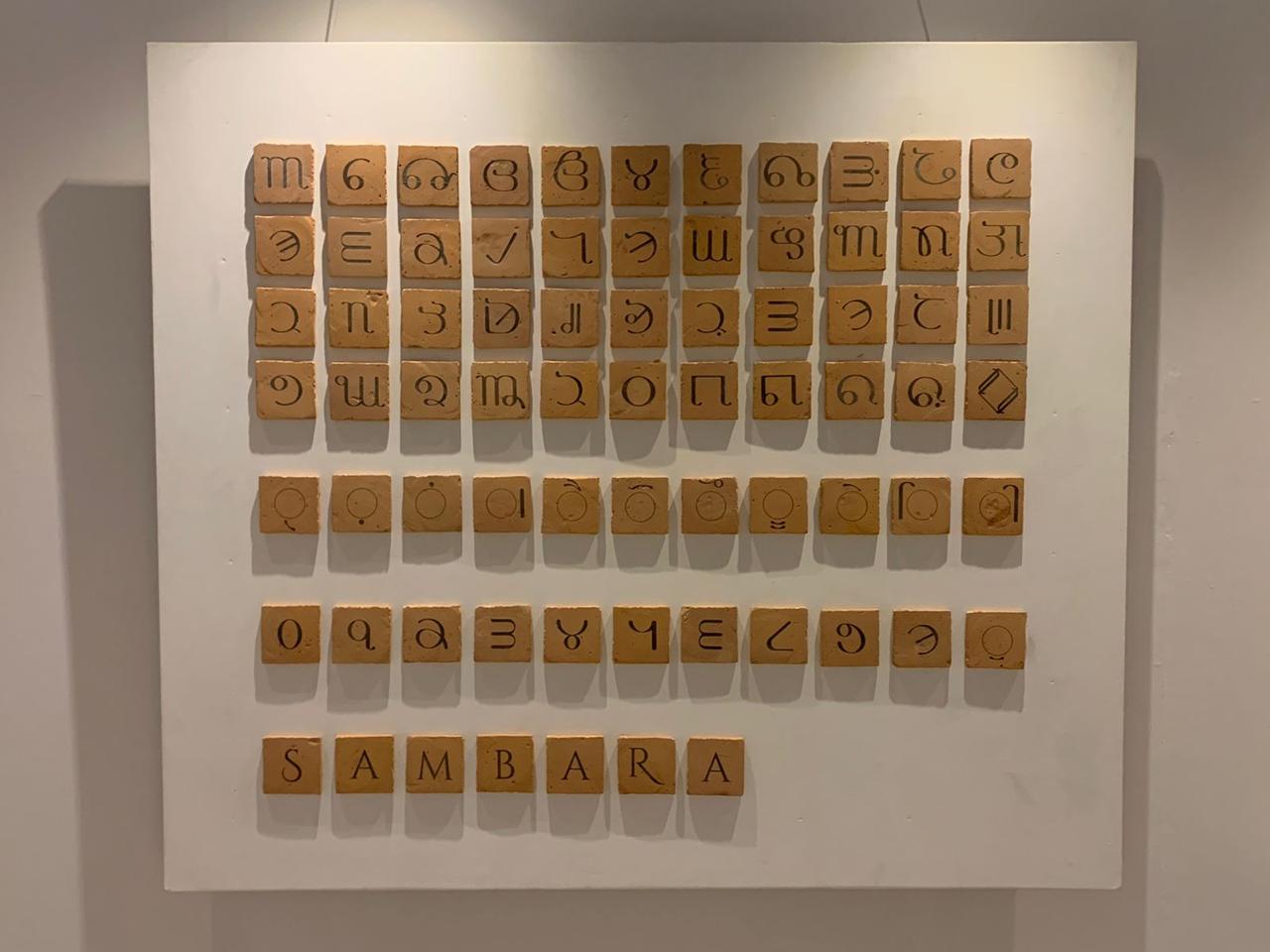
The script of Sanskrit and other derivatives are the indigenous scripts of Sindh, specifically the Khudawadi script because this particular script had no influences of any religion. It was the script of the traders while the Perso-Arabic script is a foreign script that came through a mass invasion, and the impacts of it are deeply embedded in the current visual language of the culture. Languages evolve and modernize in time, but from their origin, their land, and their culture. An invasion is an imposition of foreign culture. We cannot change what happened in the past which led us here. Notably, the Perso-Arabic Script has helped the Sindhi language grow and get the recognition it has today, but at the same time, the imposition created a divide and left no room for the indigenous scripts to grow, therefore those scripts are not recognized today, they are on the path to be forgotten.
___________________